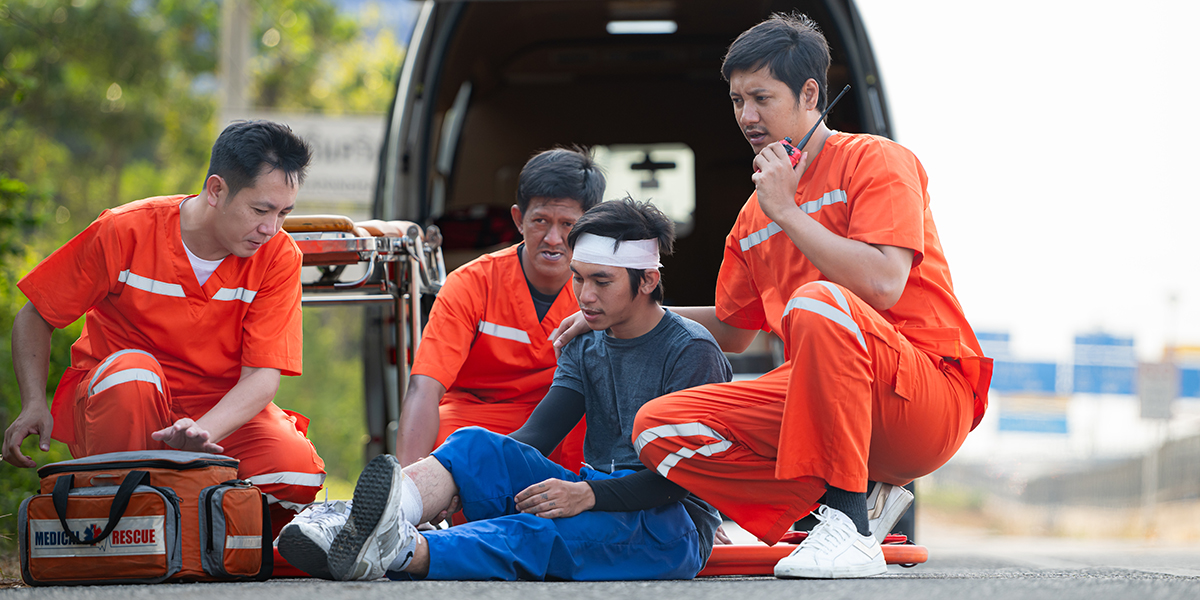| Course Name | Certificate in First Aid |
|---|---|
| Course Level | Certification |
| Course Duration | 15 Days |
| Course Eligibility | Any candidate |
| Average Salary | INR Rs. 1,20,000 per year. |
| Areas of Employment | Hospitals, Schools, Sports Facilities, Workplaces, Public Health Organizations, Community Centers, Emergency Response Teams, Disaster Relief Organizations |
| Government Affiliation | Yes |
What is a Certificate Course in First Aid?
This course provides comprehensive training in the principles and practices of first aid. It focuses on equipping students with the skills needed to respond to medical emergencies effectively, providing initial care until professional medical help arrives. At SCOPE, we offer practical training and simulations to prepare students for real-life emergencies.
Why Should You Take This Course?
This certificate course is essential for anyone looking to gain valuable life-saving skills. First aid knowledge is critical in various settings, from workplaces to homes, and can significantly impact the outcome of emergencies. Completing this course will enhance your ability to provide immediate care, increasing your employability and readiness to handle urgent health situations.
Why SCOPE?
Choosing SCOPE means accessing high-quality education and practical training in first aid. Our program is delivered by experienced professionals and includes hands-on training with real-life scenarios. Enrolling at SCOPE ensures you gain the knowledge and skills needed to provide effective first aid, making you a valuable asset in any emergency.
Role and Responsibilities:
Vacutainer Venipuncture:
- Performing CPR (Cardiopulmonary Resuscitation)
- Using AEDs (Automated External Defibrillators)
- Managing airway obstructions and breathing emergencies
Wound Care and Bleeding Control:
- Treating cuts, scrapes, and lacerations
- Controlling bleeding and bandaging wounds
- Minimizing discomfort and complications during blood collection
- Managing shock and preventing infection
Bone and Joint Injuries:
- Immobilizing fractures and sprains
- Applying splints and supports
- Managing dislocations and soft tissue injuries
Medical Emergencies:
- Recognizing and responding to heart attacks and strokes
- Managing diabetic emergencies and seizures
- Providing care for burns, poisons, and allergic reactions
Emergency Preparedness:
- Developing emergency action plans
- Understanding and managing different types of emergencies
- Ensuring safety and communicating effectively in emergencies
Career Prospects:
Graduates can pursue careers in various settings, such as:
- Hospitals: Assisting in emergency departments and supporting medical staff during crises.
- Schools: Providing first aid care to students and staff, ensuring a safe learning environment.
- Sports Facilities: Managing injuries and emergencies in athletic settings.
- Workplaces: Acting as designated first aid responders and ensuring workplace safety.
- Public Health Organizations: Participating in community health programs and emergency preparedness initiatives.
- Community Centers: Providing first aid services during community events and activities.
- Emergency Response Teams: Supporting professional emergency responders in various scenarios.
- Disaster Relief Organizations: Assisting in relief efforts and providing care during natural disasters and crises.

